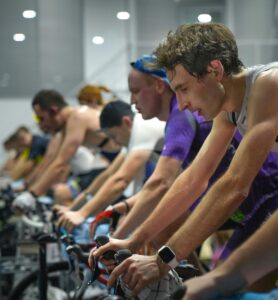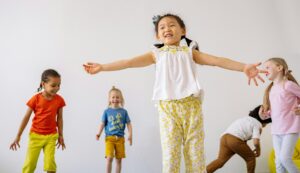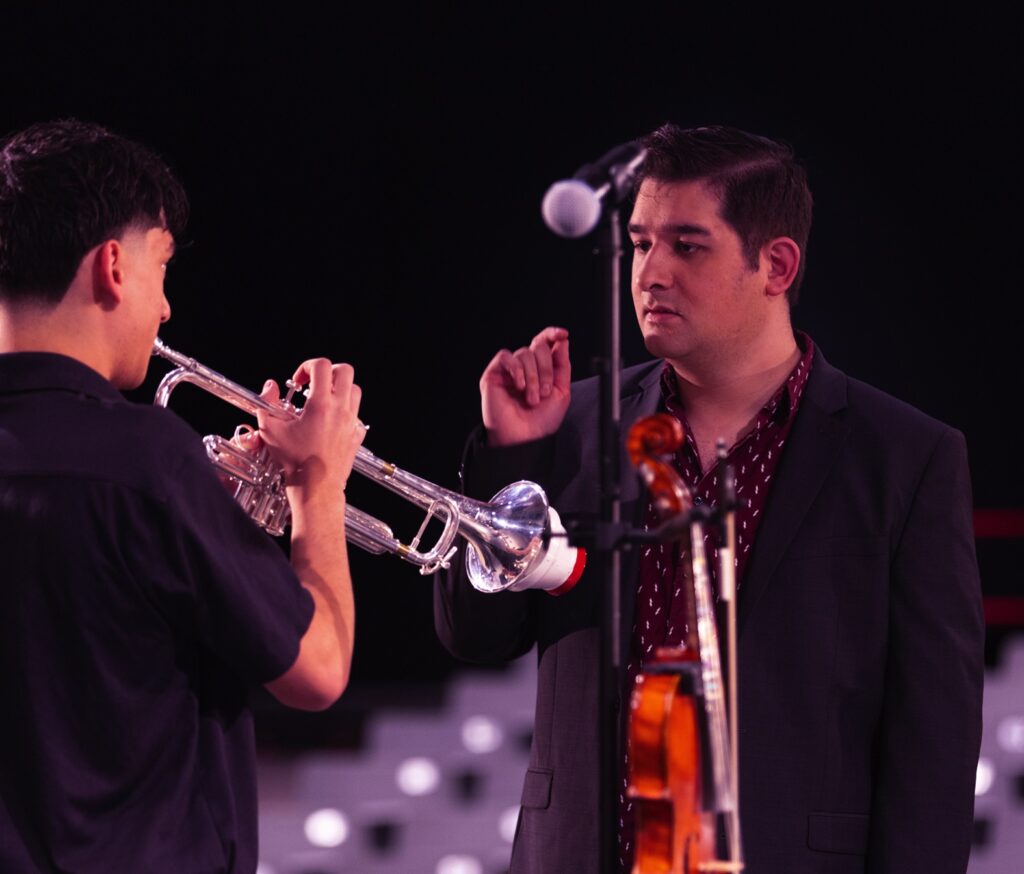Tagged Under:
Exercise Can Help Fine-Motor Skills
Research suggests that a burst of exercise can boost the fine-motor skills required to learn an instrument.
When it comes to learning an instrument, fine motor skills are key. It takes quite a bit of skill to play the keys on a French horn, for example, or move fingers quickly on a clarinet. Want to improve your music students’ fine motor skills? Steal a page from the P.E. teachers and incorporate physical exercise into your rehearsals.
Everyone from elite athletes to physical therapists have been using a tool called “exercise priming” — the concept that movement can help prime the brain for skill development.

Boost Neuroplasticity
Now, research from the University of Copenhagen has given further validation to the idea of exercise priming. Its 2024 study found a 10% improvement in a person’s ability to remember a learned motor skill, such as playing the violin, if they have exercised before or after playing the instrument.
“This is probably because physical activity increases the brain’s ability to change, which is a prerequisite for remembering,” wrote the study’s co-author, Jesper Lundbye-Jensen, of the university’s Department of Nutrition, Exercise and Sports. The brain’s ability to change is also referred to as “neuroplasticity,” which means that the brain rewires, literally adapting its neural networks in response to stimulants.
Older research had previously found that music lessons themselves have a positive effect on neuron development. For example, a 2010 study from Northwestern University found that music training prior to age 7 boosted neuroplasticity and allowed for better auditory processing.

Exercise Before and After Learning
The new study from the University of Copenhagen used riding on a fitness bike as the form of aerobic exercise. Participants biked enough to raise heart rate — but not at a too intense rate (think exertion, not exhaustion). The study found that exercising either before or after learning a skill both improved results, but results were even better when the subjects exercised before and after.
While the study’s participant pool was limited to men ages 18 to 35, the researchers believe the skill-boosting effect applies to other ages, such as children, adolescents and older adults, too.
Interestingly, the study specifically excluded professional musicians. That’s because “people with extensive experience in practicing motor skills typically start at a different level,” wrote Lasse Jespersen, Ph.D., the first author of the study. “While the motor task used in the research study were unknown to all, involving experts would have changed the dynamic from the get-go. But that doesn’t mean they wouldn’t benefit from the effects we’ve shown.” In fact, Jespersen says a future study on people with elite-level fine motor skills would be fascinating.

Tips to Build Fine-Motor Skills
So, based on the information that physical exercise helps build those vital fine-motor skills your students need, how can you extrapolate this for use in your teachings? Here are some ideas:
- Let’s start with adult students. For example, you could suggest to your piano or cello student that they do their daily workout — whether it’s cardio like a brisk walk or strength training — either just prior to practicing their instrument or just afterward. Explain the research behind your request and ask for their feedback to see how they feel after trying the technique.
- Do you teach band or chorus? Have the group do some squats and arm circles prior to starting rehearsals.

- For wigglier, smaller children, throw a dance party. Play music and encourage freestyle dancing or teach simple choreography for the group to get blood pumping prior to settling down to the instruments. Smaller kids are less likely to feel self-conscious, too, with movement requests like, “Everyone do five pushups!”
- Short on classroom space? Have kids run in place or even hop on one foot — whatever you can do to raise their heart rates a bit.
- If your school setting permits a “school without walls” lesson, try this: If the weather is nice, are there ways to spend a few minutes on playground equipment before segueing into a music class under the shade of a tree?
- Check in with administrators and your fellow teachers about creative class pairings that might benefit all. For example, can recess be directly before or after music class for some students? Could gym glass pogo-sticking or hula hooping lead to a better music class, and vice versa? Moving around schedules will obviously work better for some schools than others but is worth exploring.
- Another idea, if budget permits: use classroom movement materials such as wobble stools or standing desks, encouraging movement throughout the day, not just in music classes.
Whatever physical activity you incorporate into your music education, be sure to periodically change up the activities, and consider students who may have challenges with movement and need accommodation.















